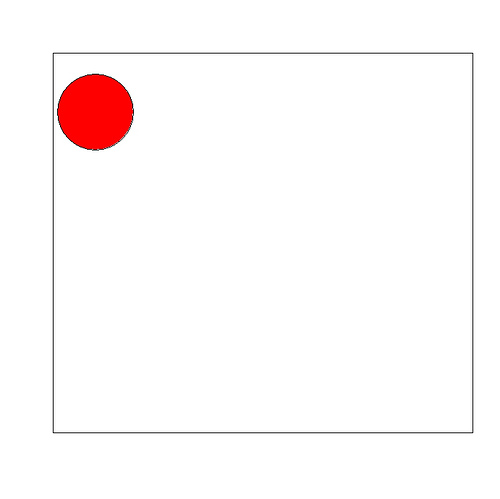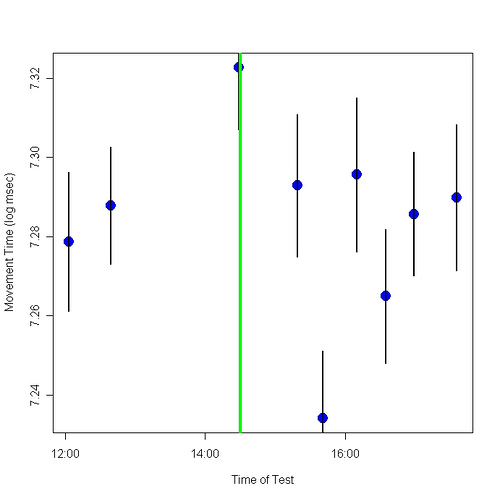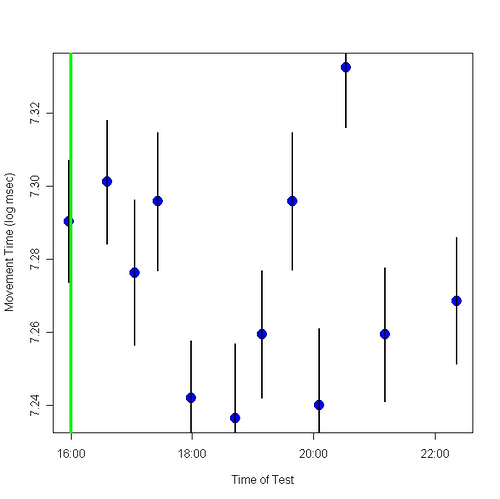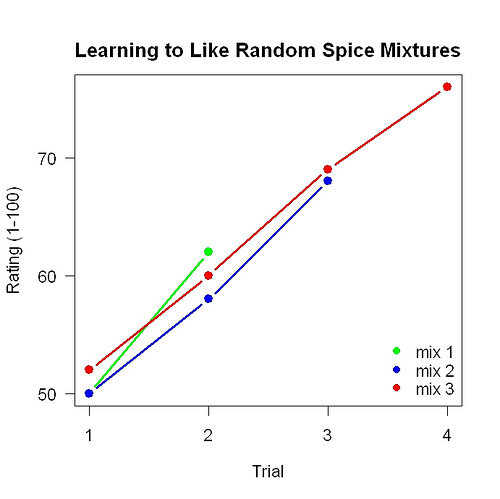Drug addiction, sure. The first pleasurable drugs were probably discovered hundreds of thousands of years ago, if not much earlier. All cultures use drugs. Drugs physically reach the brain. But video game addiction? Video games are a millisecond old, compared to drugs. How did they get so potent so fast?
Self-experimentation made me ask. Using an ordinary psychological test and a speeded arithmetic task, I discovered a fast-acting effect of flaxseed oil. About two hours after ingestion of 4 tablespoons, my brain worked detectably better. The effect wore off over several hours. To properly study this effect, and exploit it to learn more about what fats we should eat (which has been very hard to figure out), I would have to test myself many times per day for many days. Thousands of tests. It would be a lot easier if the tests were fast, portable, and fun — especially fun. Many computer games have these traits. But they don’t provide the data I need, which is a measure of how well my brain is working, and they take too long.
After talking with Greg Niemeyer, I came up with four properties, shared by many games, that might be why they are fun: 1. Right difficulty level. Neither too easy nor too hard. This is a variable emphasized by Mihaly Csikszentmihalyi in Flow. 2. Feedback. You learn how well you are doing. 3. Variety. Not the same thing over and over. 4. Color. I constructed a task with all four features. To my dismay, it wasn’t fun! (So much for the placebo effect.) I had to force myself to do it.
I had no idea what was wrong. Then, as I’ve written, a friend gave me a bilboquet, which led me to think that there were two principles of fun-making I’d left out: 1. Hand-eye coordination. We enjoy tasks that involve this. 2. Completion. We enjoy tasks where something is cleared up or put neatly together.
I used these ideas to construct a new test. It consisted of moving the cursor around the screen from one colored circle to the next. I move the cursor to a circle and click on it. That circle disappears and a new circle appears somewhere else. It’s a bit like shooting one circle after another. Aim, click, aim, click. Each circle is effectively a new trial. The speed at which I moved the cursor to the new circle and click on it is the main measure. There is trial-by-trial feedback: the color of the next circle depends on how quickly I got to the last circle. Here’s a screen shot (cursor not shown):

I did this on a Thinkpad. I used the trackpoint to move the cursor. This had the pleasant feature that there was no obvious learning curve — I didn’t improve with practice. Presumably because I have years of practice with the trackpoint
Eventually I got around to the big question: Was this test sensitive to the effects of flaxseed oil? I’ve done two series of measurements to answer this. Here are the results from the first series:

The green line shows when I drank 4 tablespoons of flaxseed oil (without lignans). Here are the results from the second series:

Again, the green line shows when I drank 4 tablespoons of flaxseed oil.
Both times the results resembled my previous results. The flaxseed oil appeared to cause a decrease (= improvement), which reached a maximum around 2 hours after ingestion and declined. The results were far from beautiful but because of the similarity to earlier results (here, here, and here) I found them fairly persuasive. They certainly suggest doing more with this test.
Then I made a different game…
My visit to Greg’s class.



